Sticking to a muscle-building diet doesn’t have to mean spending hours in the kitchen or buying expensive equipment. For beginners juggling work, family, or study, weekly meal prep is a practical way to stay on track—without the stress. Beyond supporting gains, consistent, balanced nutrition also plays a key role in reducing injury risk by fueling recovery, maintaining energy, and supporting joint and muscle health.
This beginner-friendly blueprint is designed for real life: minimal gear, simple ingredients, and realistic time investment. Whether you’re new to fitness or looking to streamline your routine, this guide will help you build sustainable habits that support muscle growth and long-term well-being.
When you're trying to build muscle, consistency in nutrition is just as important as consistency in training. Eating enough protein, complex carbs, and healthy fats throughout the day supports muscle repair and growth. But skipping meals or relying on convenience foods can lead to energy crashes, poor recovery, and increased injury risk—especially when your body isn’t properly fueled for workouts.
Meal prepping helps you avoid these pitfalls by ensuring you always have nutritious, balanced meals ready. Studies show that people who plan and prepare meals are more likely to meet their protein and micronutrient needs, maintain stable energy, and stick to their fitness goals.
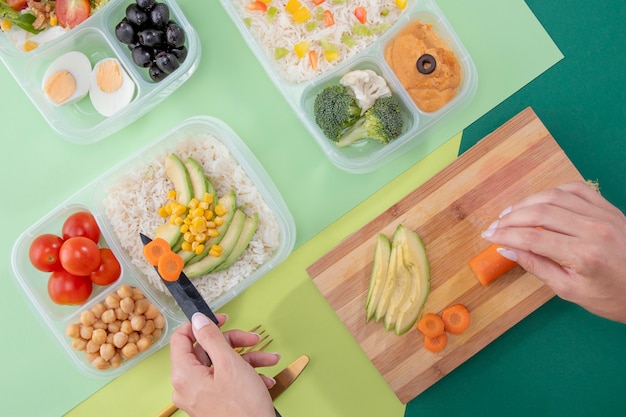
You don’t need a gourmet kitchen or fancy containers to get started. This simple, repeatable system takes under 2 hours per week and uses basic tools you likely already own.
Start by setting a realistic weekly goal. Aim for 3–4 days of strength training, and plan meals that support those sessions. Focus on:
Pick meals that use overlapping ingredients to save time and money. For example:
Cook once, eat twice—or thrice. Batch-cook proteins and grains, then mix and match throughout the week.
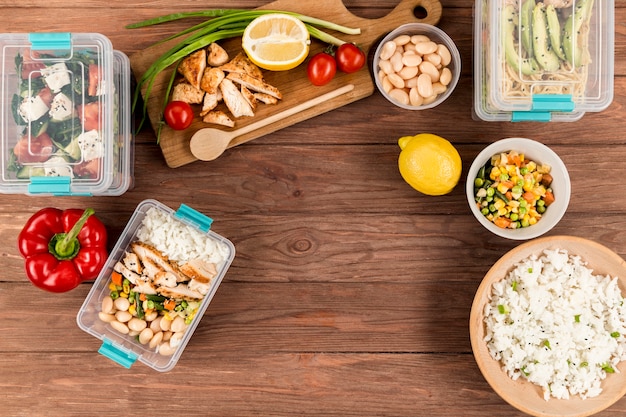
You don’t need a full kitchen upgrade. Stick to essentials:
Schedule one block of time—Sunday afternoon, Wednesday evening, or any free window. Follow this order:
Store in the fridge for up to 4 days, or freeze portions for later in the week.
Proper nutrition isn’t just about gains—it’s about resilience. When your body lacks key nutrients, muscles recover slower, joints become stiffer, and fatigue increases. Over time, this raises the risk of overuse injuries, strains, and poor form during workouts.
By meal prepping, you ensure consistent intake of:
Meal prep isn’t about perfection. It’s about progress. By investing a few hours each week, you’re not just saving time—you’re building a stronger, more resilient body.

Fitness

Fitness

Fitness

Fitness

Wellness
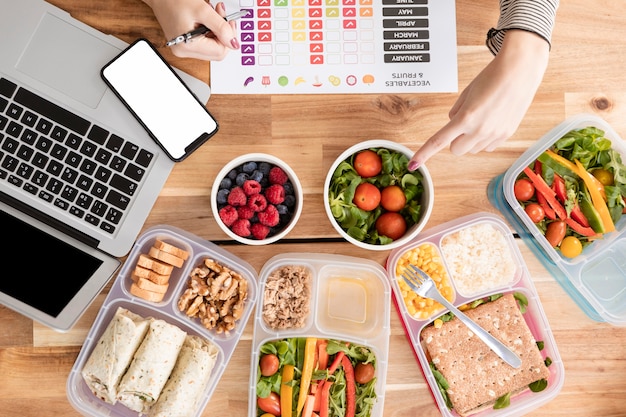
Wellness
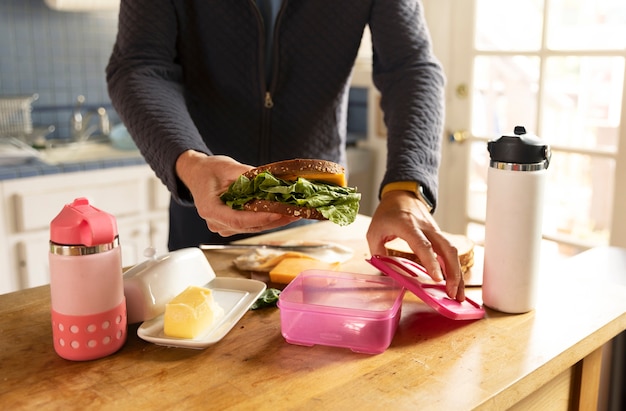
Fitness
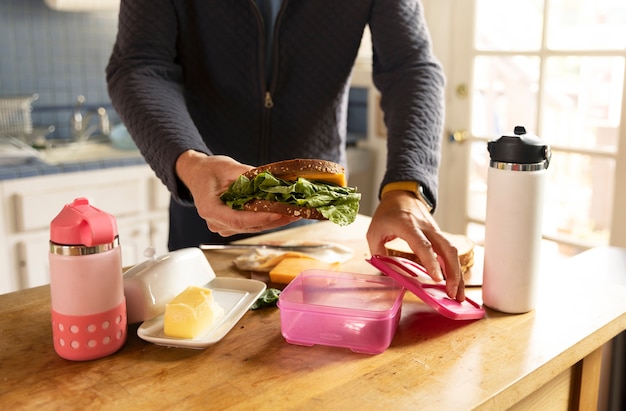
Wellness
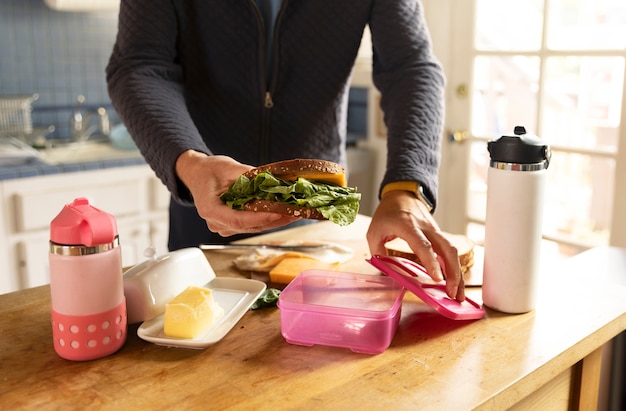
Wellness

Health
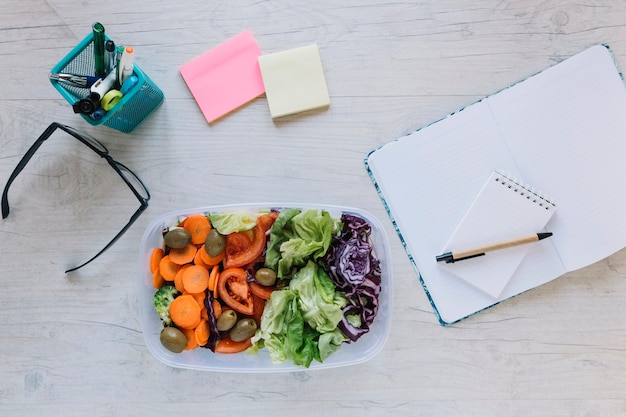
Wellness

Wellness

Health

Fitness

Health

Health